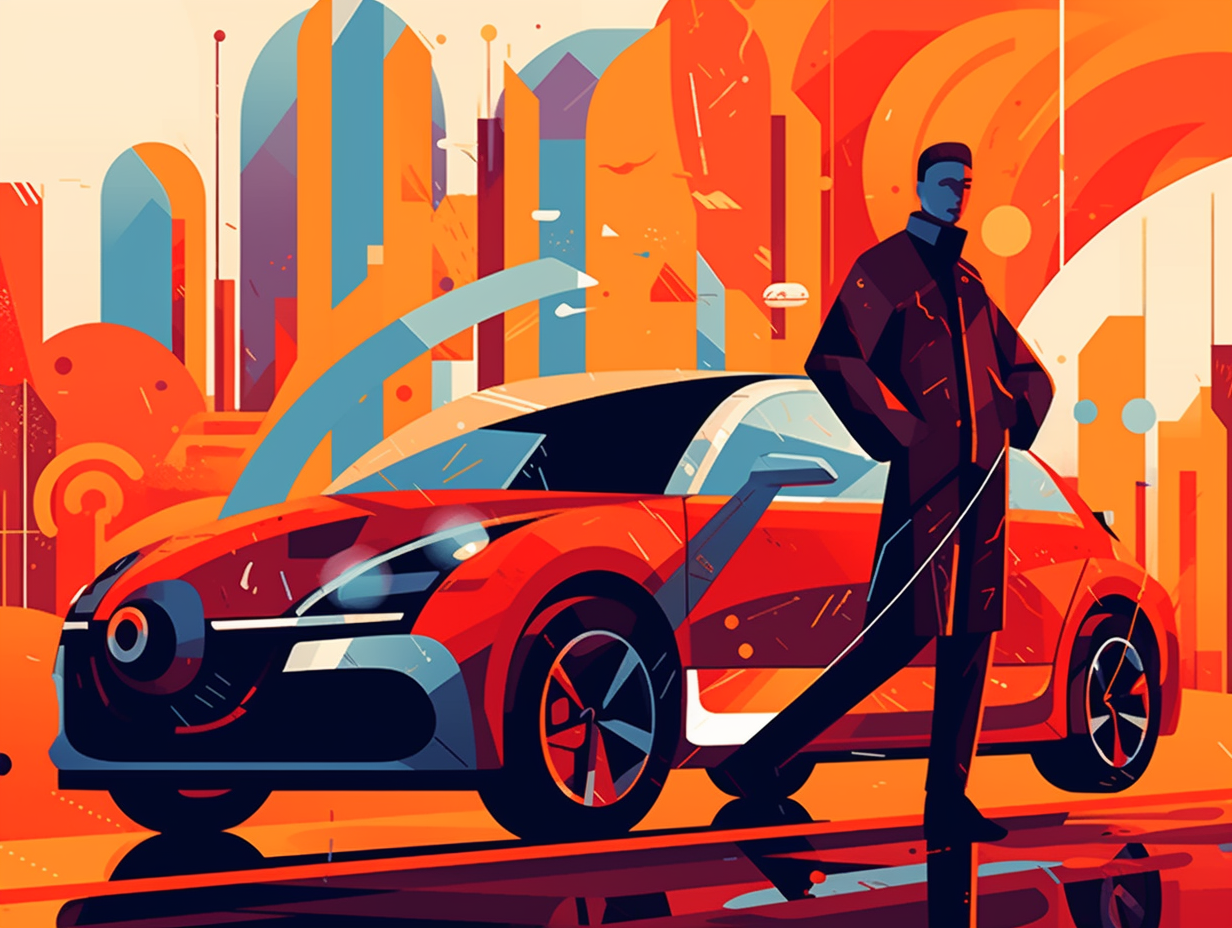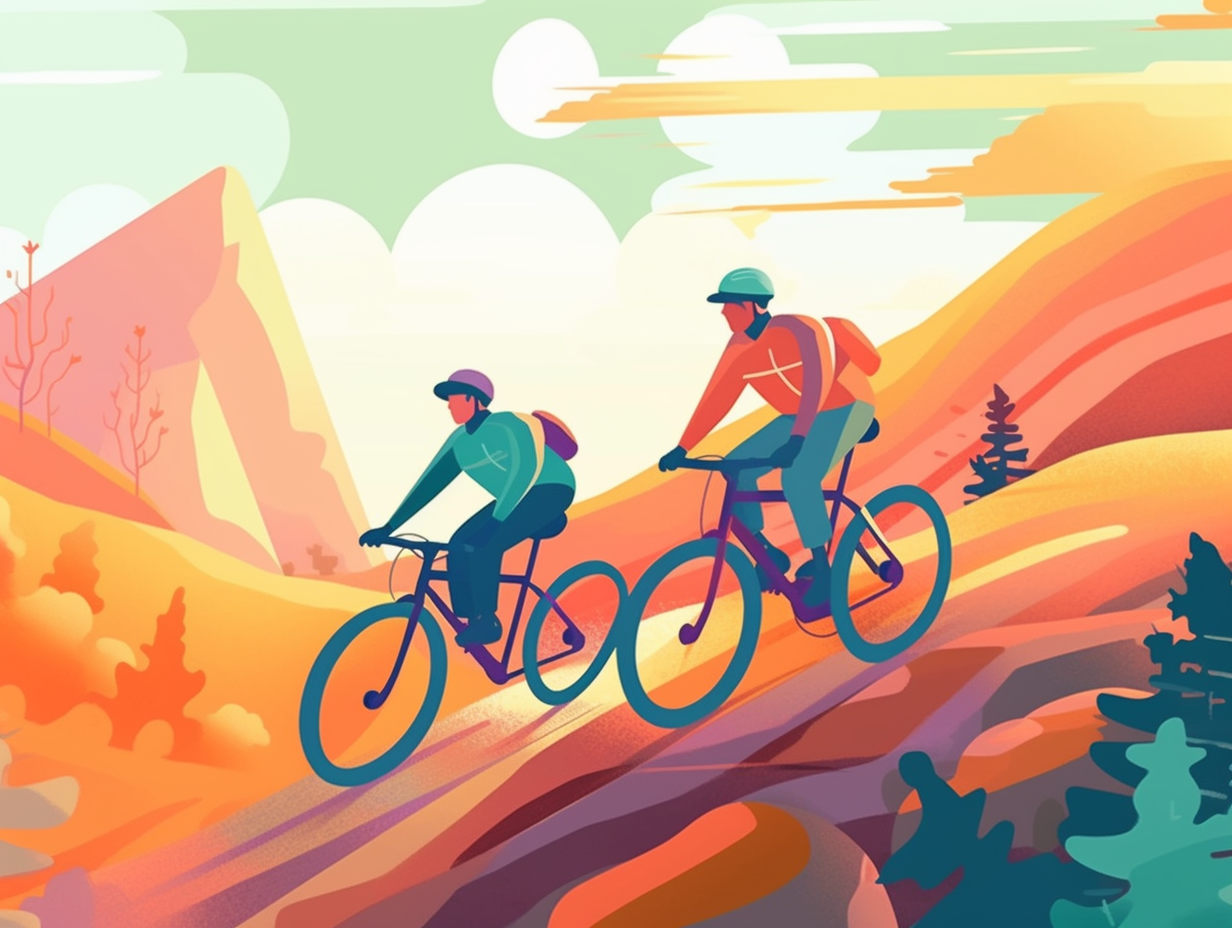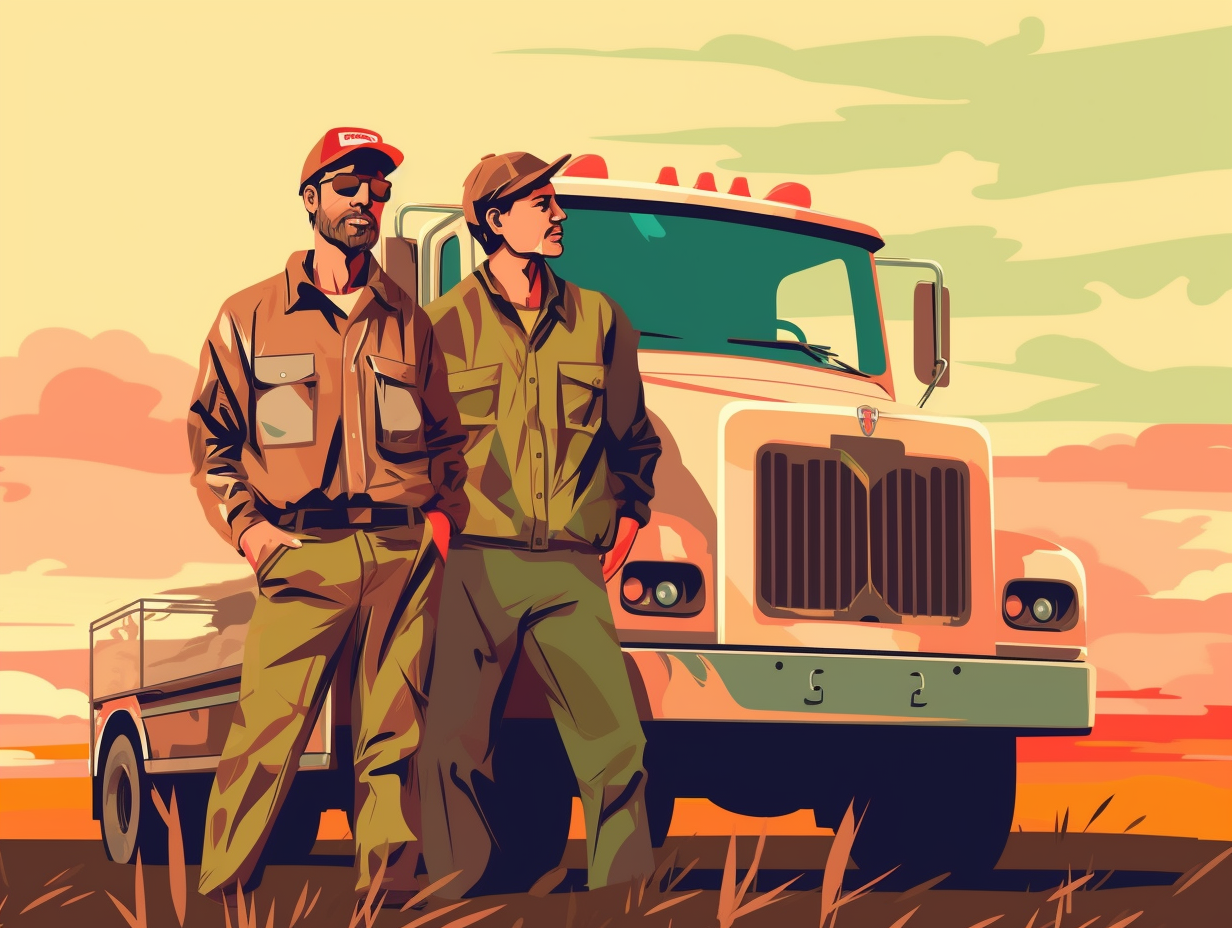Discover the Unexpected: Top 8 Fun and Fascinating Facts About Tires You Never Knew!
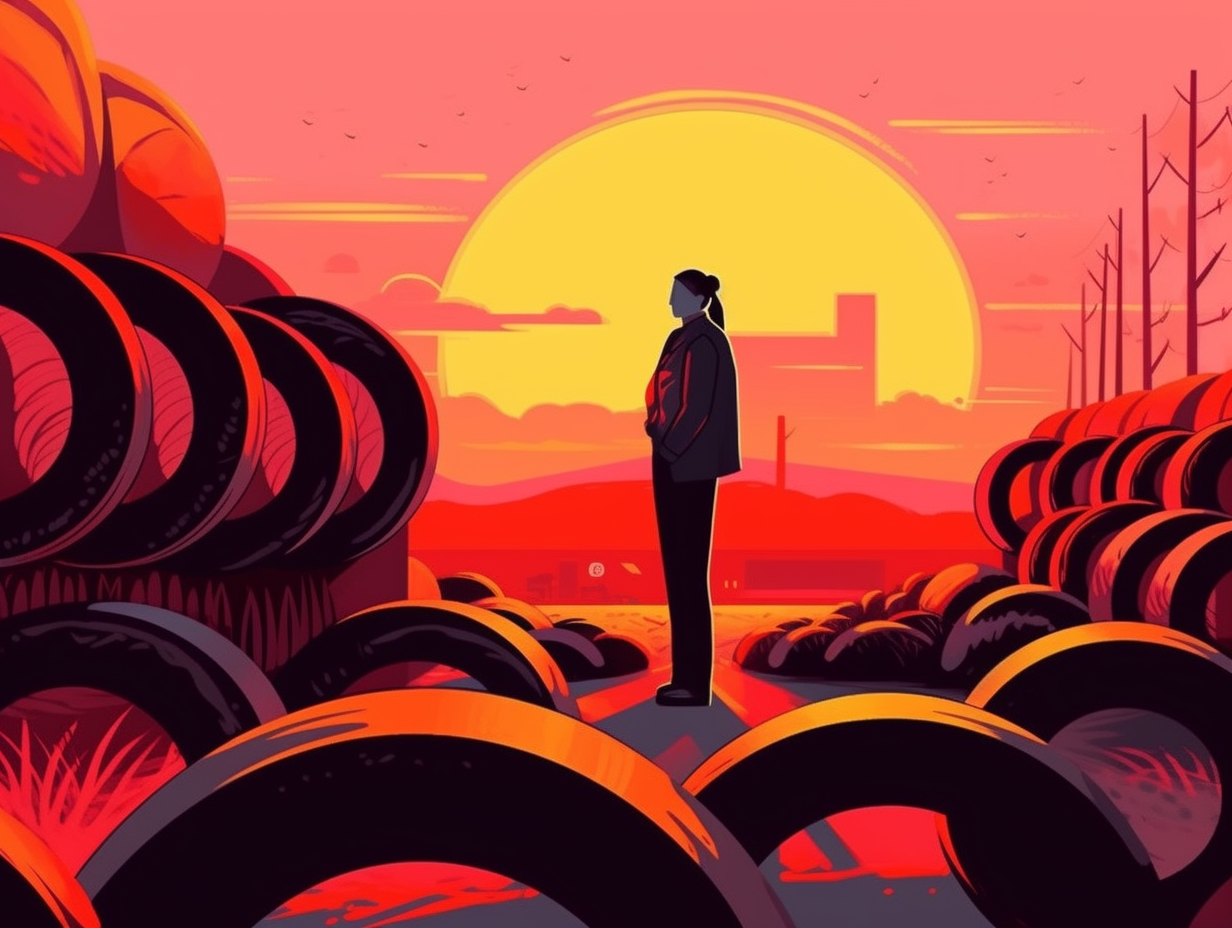
1. Flashy Pit Stop Record
When Flash joined the pit crew, tires quivered in fear: The Williams pit stop team sped their way into the record books by changing a tire in a lightning-fast 1.92 seconds during the 2016 European Grand Prix at Baku, dethroning Red Bull's previous 2013 record and claiming the title as the kings of rapid rubber replacements.
Source => inmotion.dhl
2. Eau de New Tire Aroma
You know that feeling when you walk into a tire store and the smell just tread-marks its way into your nostrils? That, my friends, is eau de New Tire: a surprisingly complex mixture of over 200 different chemicals, all combined to create the ideal rubber consistency. That distinct aroma is best described as olfactory rubbernecking, stemming from various compounds vaporizing at high temperatures when tires are being cured. Give us more of that sweet, rubbery goodness!
Source => autoily.com

Did you know that way back in 1974, the innovative Zele 1000 electric car was turning heads with its boxy design and impressive 50-mile range? Discover the charm of this ahead-of-its-time city car! 🚗⚡
=> Fun Facts about Cars
3. Tires & Turf Fields
Ever feel like you're walking on cloud nine when playing on synthetic turf fields? Well, it might be due to some shredded-up car-huggers beneath your feet: tire crumb rubber is commonly used as infill material in these fields to provide cushioning and traction, but concerns about health risks linked to the chemicals in tire crumbs have led to ongoing research by the CDC/ATSDR and the EPA to assess human exposure and inform future risk assessments.
Source => epa.gov
4. Monster Truck Baby: Caterpillar 797B
Holy Rubber Batman! If the Batmobile and Godzilla had a tyre baby, it would look like the tyres on the Caterpillar 797B: These gargantuan doughnuts of steel and rubber stand at a neck-craning 4.03 meters in diameter, weigh a monstrous 4.74 metric tonnes each, and could be the proud parents of over 600 regular car tyres.
Source => tyreland.ie
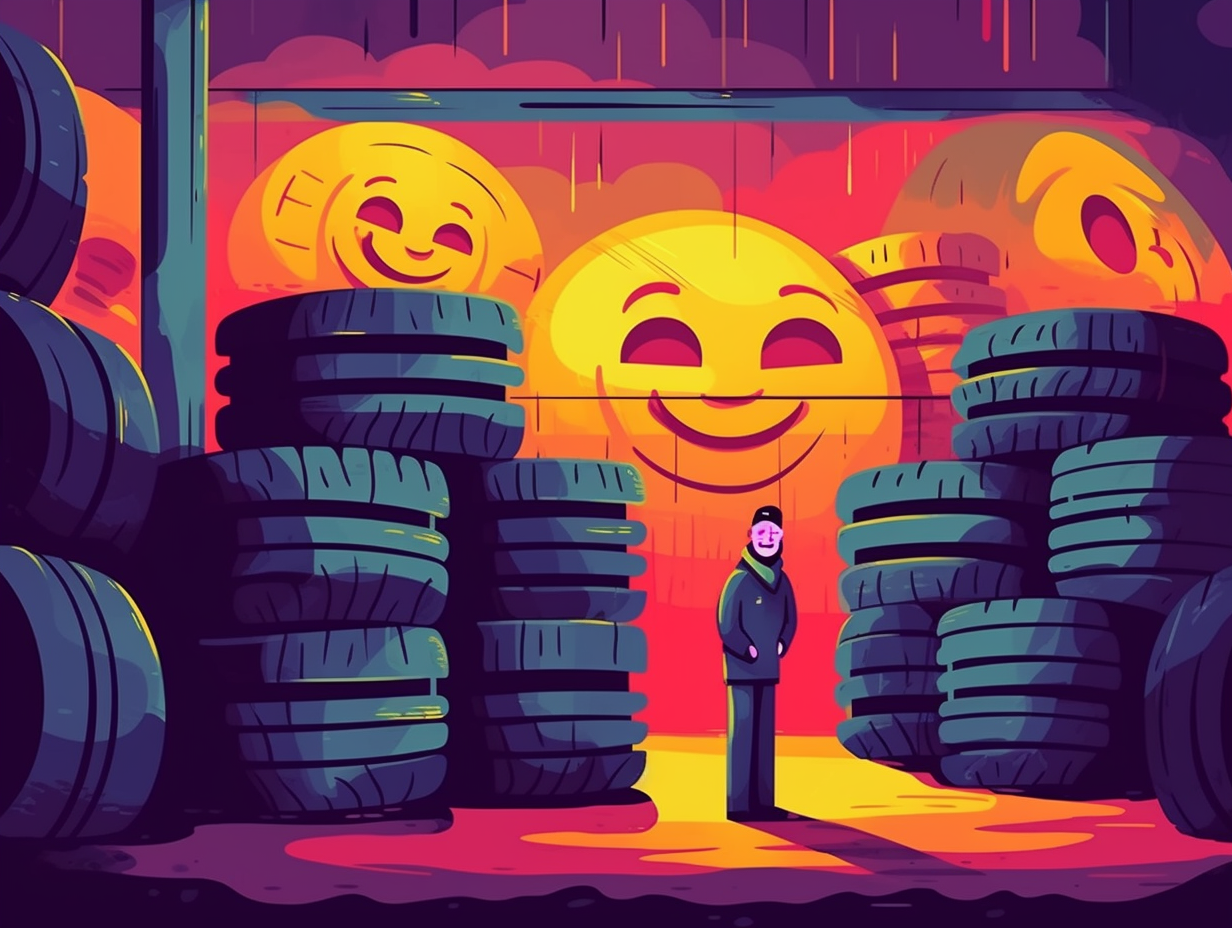
5. Gulp! Tires & Oil Consumption
Rolling in the deep... oil reserves, that is: Approximately 70% of the billion tires produced annually are made from synthetic rubber, which relies on petrochemical feedstocks, consuming about five gallons of oil as feedstock and an additional two gallons for energy during production - totaling an astounding 5 billion gallons of crude oil used each year just for tire production!
Source => dunntire.com
6. Michelin Man's Makeover
If you've ever been tipsy at a tire shop, you might assume the Michelin Man's name, Bibendum, comes from the Latin phrase "nunc est bibendum," meaning "now is the time to drink." But here's the sobering truth: While our rotund rubber mascot originally consisted of narrow rings and did undergo boozy-idyllic transformations, his purpose has always been to embody the cushioning comfort and guardian-angel safety of Michelin tires – sans alcohol!: The Michelin Man has evolved over the years, losing his cigar and monocle, gaining a younger and more mobile appearance, and becoming an internationally recognized symbol for the Michelin brand.
Source => business.michelin.co.uk
7. Superhero Tweel to the Rescue
In a world where flat tires are as unwanted as a hole in a spacesuit, Michelin swoops in with the superhero we never knew we needed: introducing the "Tweel" - an airless tire with more staying power than your mother-in-law's fruitcake: The Michelin X Tweel Airless Radial Tire is not just easy to install, but also long-lasting and customizable in performance. Originally targeted at agricultural and construction markets, its success has led to the establishment of a dedicated $50 million airless tire plant in North America that caters to both commercial and agricultural applications.
Source => newatlas.com
8. Lemonade from Tire Tread Patterns
When life gives you lemons, tires give you patterns: there's a whole world of tire tread designs out there, from directional and asymmetrical to rib and lug-shaped, each tailored for specific road conditions and vehicle types, optimizing grip, stability, and control for a safer and more performance-enhanced ride.
Source => almailemgroup.com
Related Fun Facts









